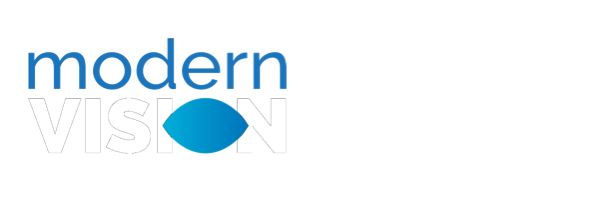How Our Eyes Work
The eye is a tiny organ that measures about an inch long and weighs about 1/4 of an ounce. It is part of a complex system that translates light into images. Light enters our eye through the cornea and into the pupil. The pupil is the black hole in the middle of the iris, the colored part of the eye. Behind the iris is the natural lens. It focuses the light onto the retina. The retina is the inside layer at the back of the eye, and contains cells that are sensitive to light. The image is then converted into electrical impulses that are sent through the optic nerve at the back of the eye to the brain.
 All of this happens continuously and instantly to give us clear vision from near to far distances. But, our eyes don’t always work perfectly. Their exact size and shape affect how well they focus light. These differences can cause some of us to have refractive errors such as myopia (nearsightedness), hyperopia (farsightedness) or astigmatism. In addition, over time, we all lose our ability to focus on near objects. This is a refractive condition known as presbyopia, and is the first stage of Dysfunctional Lens Syndrome (DLS).
All of this happens continuously and instantly to give us clear vision from near to far distances. But, our eyes don’t always work perfectly. Their exact size and shape affect how well they focus light. These differences can cause some of us to have refractive errors such as myopia (nearsightedness), hyperopia (farsightedness) or astigmatism. In addition, over time, we all lose our ability to focus on near objects. This is a refractive condition known as presbyopia, and is the first stage of Dysfunctional Lens Syndrome (DLS).
Myopia (Nearsightedness)
Hyperopia (Farsightedness)
 Objects at a distance are clear, but objects up close are blurry
Objects at a distance are clear, but objects up close are blurry- Occurs when the cornea is too flat or the eye is too short
- Hyperopia, or farsightedness, differs from Presbyopia in that hyperopia is caused by an irregularly-shaped eye that prevents light from properly lining up on the retina and is not necessarily an age related condition.
Astigmatism
Dysfunctional Lens Syndrome (DLS) Stage 1 – Presbyopia
Dysfunctional Lens Syndrome (DLS) Stage 2
- DLS Stage 2 is the clinical term for near vision loss that typically starts affecting us in our 50s.
- The eye’s natural lens is continuing to yellow which reduces the clarity of both distance and near vision.
Dysfunctional Lens Syndrome (DLS) Stage 3
- DLS Stage 3 is the clinical term for cataracts that typically starts affecting us in our 60s and on.
- The eye’s natural lens of your eye has become cloudy enough that it is significantly impacting your vision.
- Treatment is necessary to restore the quality of your sight.






